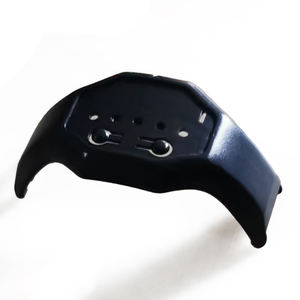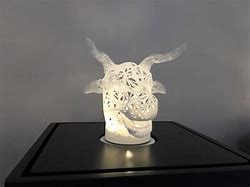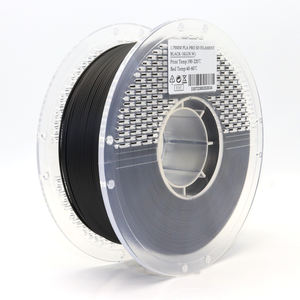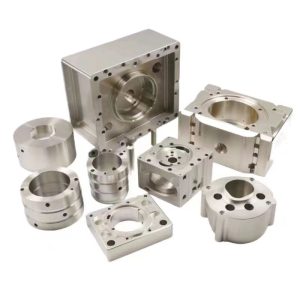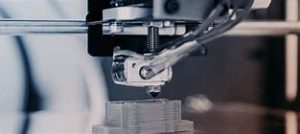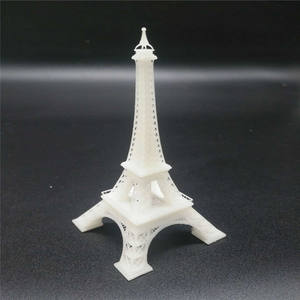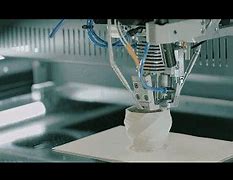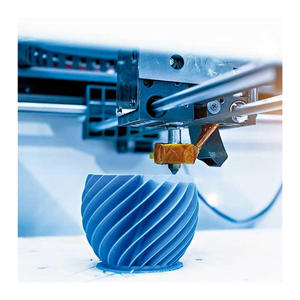Discover a professional 3D printing powder supplier
(Fatigue Performance of Additively Manufactured 316L Stainless Steel)
Additive manufacturing (AM) of metal parts
Additive manufacturing (AM) of metal parts can be achieved using a variety of
different process technologies, which use powder, wire or sheet as raw
materials. The additive manufacturing process using metal powder as raw material
is Selective Laser Melting (SLM), Electron Beam Melting (EBM) and Binder Jet
Printing (BJP). These are called powder bed processes. SLM and EBM technologies
use laser beams and electron beams to melt powder, respectively. The
microstructure and mechanical properties of different alloy parts manufactured
using these two technologies are the most widely reported in the research. On
the contrary, there is relatively little exploration of the BJP process. The
structure-performance correlation of metal parts produced by this process has
not yet received widespread attention.
The main advantage of the BJP process is that it can (compared to other
powder bed processes) produce parts at a relatively low cost and at a faster
speed. The important thing is that it is applicable to any kind of alloy, and
additive manufacturing using SLM/EBM technology can only be performed on a few
alloys. The porosity level in BJP alloys is often very high, which may have a
profound impact on its performance. A researcher studied the microstructure,
porosity and its effect on tensile and high cycle fatigue (HCF) behavior of 316L
austenitic stainless steel with different manufacturing processes.
In general, BJP and CM 316L stainless steels have strong work hardening
ability, which gives them great ductility. SLM alloy has a high yield strength,
but dislocations cross slip at the beginning of plastic deformation, which
shortens the work hardening process and affects ductility. The results of this
research can guide the design of additive manufacturing alloys: the higher
porosity of BJP does not adversely affect the high-cycle fatigue performance,
but it reduces the yield strength. Therefore, reducing the porosity can
basically increase the yield strength of BJP parts, making it the same as that
of CM alloy. For SLM specimens, it is obvious that insufficient fusion pores
should be reduced to a minimum (if not completely eliminated) to reduce overall
porosity and increase fatigue strength.
About 3dprintingpassion
3dprintingpassion is a trusted global chemical material supplier & manufacturer with
over 12 years experience in providing super high-quality chemicals and
Nanomaterials. The company export to many countries, such as USA, Canada,
Europe, UAE, South Africa, Tanzania,
Kenya,Egypt,Nigeria,Cameroon,Uganda,Turkey,Mexico,Azerbaijan,Belgium,Cyprus,Czech
Republic,Brazil, Chile, Argentina, Dubai, Japan, Korea, Vietnam, Thailand,
Malaysia, Indonesia, Australia,Germany, France, Italy, Portugal etc. As a
leading nanotechnology development manufacturer, 3dprintingpassion dominates the market.
Our professional work team provides perfect solutions to help improve the
efficiency of various industries, create value, and easily cope with various
challenges. If you are looking for 316L stainless Steel powder, please send an email to:
sales2@nanotrun.com
(Fatigue Performance of Additively Manufactured 316L Stainless Steel)

